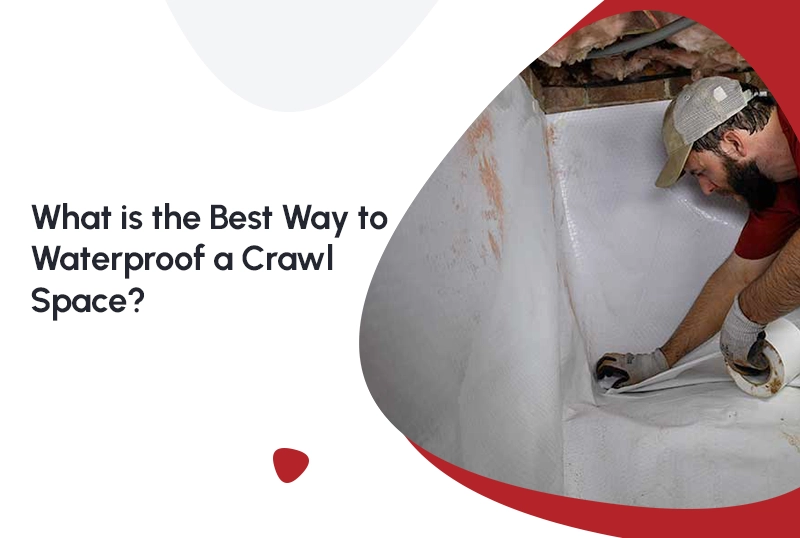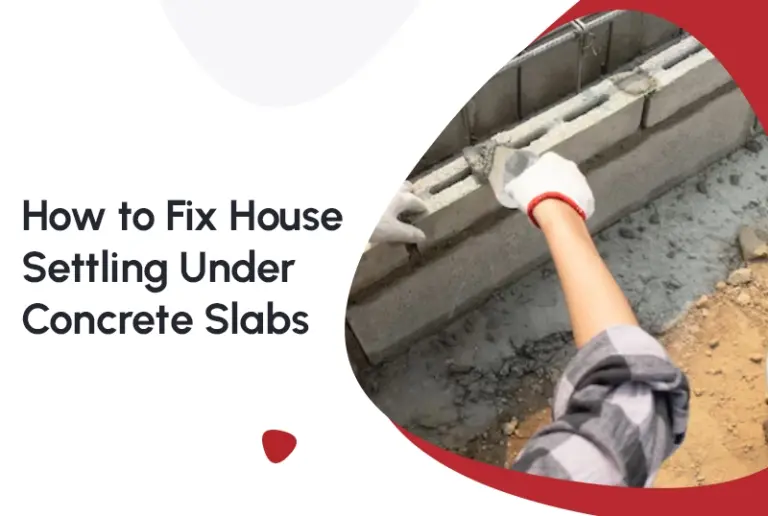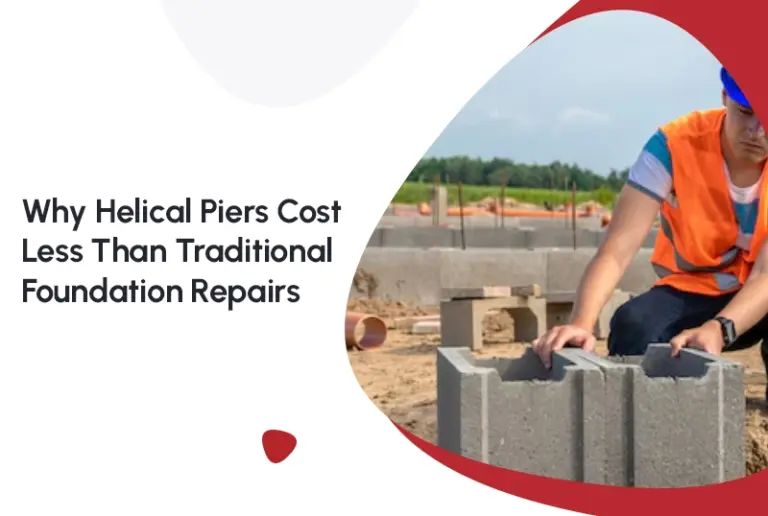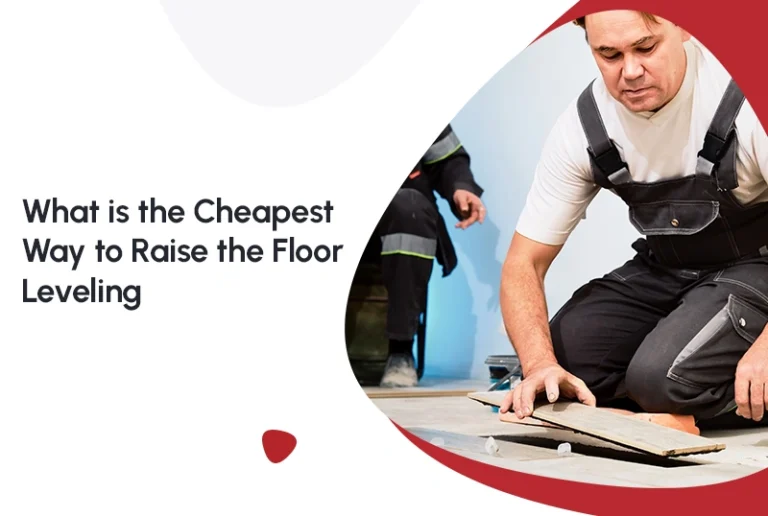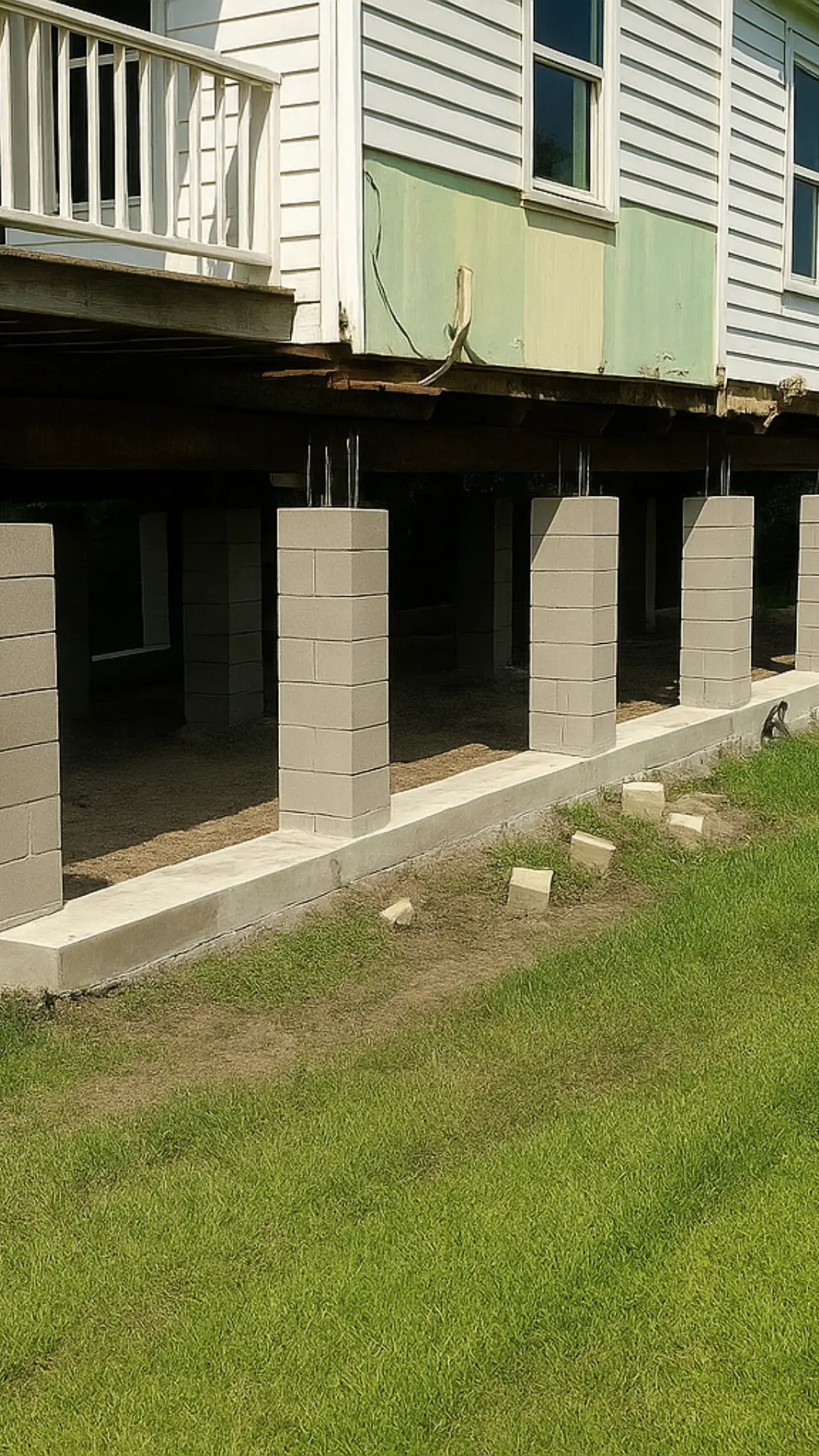A damp, musty, or moldy crawl space isn’t just unpleasant—it’s a hidden threat to your home’s foundation, air quality, and overall structure. Crawl space waterproofing is the most effective way to prevent long-term damage caused by moisture intrusion, soil movement, and mold. Whether you’re noticing the early warning signs or looking for preventive measures, learning how to properly waterproof your crawl space is essential to maintaining a healthy, stable home.
At FNF Foundation, we’ve helped hundreds of homeowners across the region with proven waterproofing solutions. If your crawl space is already showing signs of damage, it may also require crawl space repair before waterproofing measures can be installed. Taking a strategic, step-by-step approach ensures durability, safety, and peace of mind.
Why It Matters
Protects Structural Integrity
Over time, moisture under your home can lead to rotting wood, rusted metal, and crumbling supports. A weakened crawl space affects the flooring system and can cause noticeable sagging or creaking.
Reduces Energy Bills
A damp crawl space increases humidity inside the home, which makes HVAC systems work harder. Proper sealing reduces energy consumption and helps maintain a stable indoor temperature.
Improves Indoor Air Quality
Roughly half the air you breathe indoors originates from your crawl space. Waterproofing helps eliminate mold spores, allergens, and toxins from circulating in your home.
Prevents Long-Term Foundation Issues
Excess moisture puts pressure on your foundation walls and footings. If left untreated, this can result in serious structural instability, requiring major interventions like Pier & Beam Foundation Repair.
Waterproofing Methods
Crawl Space Encapsulation
Encapsulation is one of the most effective forms of crawl space waterproofing. It involves sealing the entire area with a thick, moisture-proof vapor barrier—on floors, walls, and support beams. This method locks out humidity and groundwater, and often includes sealing vents and installing a crawl space-rated dehumidifier.
Sump Pump Systems
For homes located in flood-prone or high-water table areas, sump pump installation is a must. A sump pump collects and redirects water out of the crawl space through a discharge pipe. This method works well when combined with a perimeter drainage system.
French Drains and Grading
Improper exterior drainage can funnel water directly into the crawl space. Installing French drains and regrading the soil can redirect water away from your home’s foundation, preventing it from pooling under your house.
Vapor Barrier Installations
Vapor barriers are plastic or foil sheets placed directly on the soil to prevent ground moisture from evaporating into the crawl space. While not as comprehensive as encapsulation, vapor barriers are an affordable upgrade for homeowners with mild moisture problems.
If your crawl space has extensive rot or floor system movement, it may need Pier & Beam Foundation Repair before waterproofing can be installed effectively.
Signs You Need Waterproofing
Not sure if your crawl space needs help? Here are common red flags:
Musty Odors and Mold
A musty smell inside your home or crawl space usually indicates excess humidity and organic growth. Mold and mildew thrive in moist, dark environments and can rapidly affect the air quality inside your home.
Sagging Floors or Soft Spots
Moisture weakens wooden joists and subflooring, leading to uneven or sagging floors. If you notice this, it’s time for both crawl space waterproofing and possibly structural repairs.
High Indoor Humidity
Condensation on windows, increased HVAC usage, or a general feeling of dampness indoors can all originate from a poorly sealed crawl space.
Standing Water or Damp Soil
Pooled water or visibly wet soil is a sign that your crawl space is not draining correctly. In some cases, this can lead to erosion under concrete slab foundations, requiring Concrete Slab Foundation Repair to correct the problem.
Cost Breakdown
Average Price Range
Crawl space waterproofing typically costs between $3,000 to $10,000, depending on the size of the space, current condition, and selected systems. Here’s what impacts the price:
- Vapor barrier thickness and quality
- Need for sump pumps or drainage
- Dehumidifier installation
- Structural repairs and mold remediation
Return on Investment
A waterproofed crawl space adds value to your home and protects one of its most important assets—its foundation. It also helps reduce energy costs, medical expenses (due to poor air quality), and prevents large-scale structural issues.
If uneven settling has already affected your home’s surface or walkways, consider Concrete Leveling as part of your full waterproofing and stabilization plan.
Maintenance Tips
Inspect Vapor Barriers Regularly
Every 6 to 12 months, check for tears, moisture buildup, or movement in your vapor barrier.
Keep Pumps Operational
Test your sump pump quarterly, especially before the rainy season. Backup battery systems are also recommended to prevent failure during power outages.
Monitor Humidity Levels
Keep crawl space humidity under 60% using a digital hygrometer. Installing a crawl space dehumidifier ensures consistent moisture control year-round.
Schedule Annual Inspections
Regular professional inspections allow you to catch minor issues before they evolve into major problems.
In regions with expansive soils or slope challenges, Concrete Leveling may also be needed to maintain a level foundation over time.
Why Choose FNF Foundation?
Experienced Local Experts
FNF Foundation brings years of expertise in crawl space waterproofing, foundation repair, and drainage management across diverse soil and weather conditions.
Custom Waterproofing Plans
No two homes are the same. We design solutions tailored to your foundation type, local soil, water table level, and structural needs.
Full-Service Foundation Care
From sump pump installation to drainage solutions, we provide total protection for your home.
Quality Materials, Lasting Results
We use top-grade vapor barriers, commercial sump pumps, and encapsulation products to ensure maximum durability and performance.
FAQs (Frequently Asked Question)
Q1: How long does crawl space waterproofing last?
A professionally waterproofed crawl space can last 15–25 years, depending on maintenance and material quality.
Q2: Should I seal crawl space vents?
Yes. Vent sealing is part of encapsulation and prevents humid air from entering, reducing condensation and mold growth.
Q3: What’s the difference between vapor barriers and encapsulation?
A vapor barrier covers only the floor. Encapsulation seals the entire space—walls, floors, and piers—for superior protection.
Q4: Can crawl space waterproofing fix sagging floors?
It can help, but structural repairs or Pier & Beam Foundation Repair may be required if floor joists are already compromised.
Q5: Is waterproofing worth the investment?
Absolutely. It safeguards your health, reduces energy bills, prevents foundation damage, and improves resale value.
